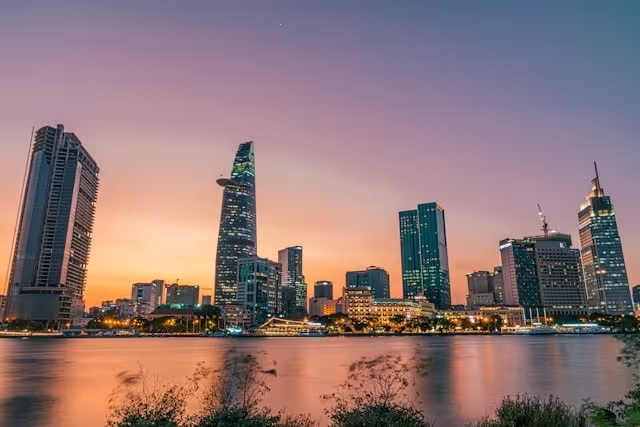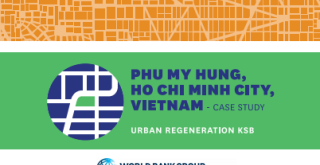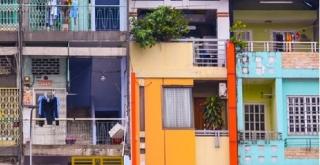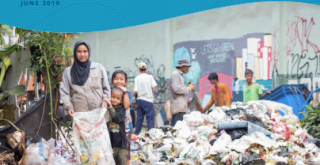Vietnam

Viet Nam participated in the GEF-6 Sustainable Cities Integrated Approach Pilot (SC IAP) to strengthen integrated urban planning, build climate resilience, and promote low-carbon development across a rapidly urbanizing national landscape. As one of Southeast Asia’s fastest-growing economies, Viet Nam faces mounting pressures from flood risk, rapid spatial expansion, environmental degradation, and infrastructure gaps—particularly in secondary cities. Through GEF-6, cities such as Ha Giang, Hue, and Vinh Yen advanced green city action planning, combining technical assessments, climate vulnerability analyses, biodiversity considerations, and low-carbon strategies to guide more sustainable urban growth.
The program supported the integration of nature-based and climate-resilient solutions, improved wastewater and solid waste systems, strengthened land-use planning, and enhanced local government capacity to manage data-driven sustainability pathways. Viet Nam’s engagement under GEF-6 has provided valuable models for other cities in the GPSC network, demonstrating how secondary and emerging urban centers can adopt holistic planning approaches that protect ecosystems, reduce emissions, and improve quality of life.






